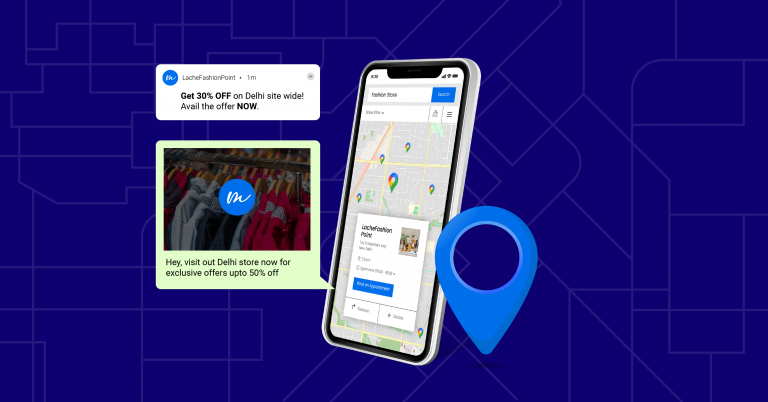In today’s competitive market, businesses must go beyond one-size-fits-all strategies to truly connect with their audiences. Customizing content for each location is crucial for businesses aiming to resonate with local audiences and stand out in their respective markets.
Local content marketing enables businesses to engage more effectively with their customers by tailoring messages to specific regions, addressing local preferences, and reflecting the unique culture and needs of each area.
So, let’s delve into the best practices and tips for content customization. By leveraging these strategies, you can enhance your local marketing efforts, boost your local SEO, and ultimately achieve greater success in connecting with your target audience in various locations.
Content customization involves creating tailored content that resonates with specific local audiences. This strategy is crucial for businesses with multiple locations, as it helps build a stronger connection with local customers. By implementing location-specific content, businesses can address the unique needs and preferences of different regions.
This approach results in higher engagement and improved customer loyalty, as customers feel understood and valued. Customizing content for each location enhances the relevance and effectiveness of your marketing efforts, ultimately driving better business outcomes and fostering deeper relationships with your audience.
Understand Your Local Audience: Conduct thorough research to understand the demographics, preferences, and cultural nuances of your target audience in each location. This will help you create content that is relevant and appealing to local customers.
Use Local Keywords: Incorporate location-based SEO by using local keywords in your content. This enhances your visibility in local search results and attracts more local traffic to your website. Tools such as Google Keyword Planner can help identify relevant local keywords.
Create Location Pages: Location pages focus on content tailored to specific geographic areas. By optimizing these pages with local search techniques, businesses can attract nearby customers searching for their services or products. Tailored descriptions and information relevant to the locality, highlighting unique aspects of the business’s offerings in that area, ensuring that each page resonates with the local audience while maintaining the brand’s overall digital presence.
SingleInterface makes managing and updating location pages seamless with its hyperlocal product offerings. You can update content, manage listing, and monitor hyperlocal search trends to optimize for local search results.
Focus on Geo-Targeted Content: Develop geo-targeted content that addresses the specific interests and needs of each location. This can include local news, events, and community stories that resonate with local audiences.
Optimize for Local Search: Ensure that your content is optimized for local search engines. This includes using local keywords, creating location-specific landing pages, and optimizing your Google My Business profile.
Leverage User-Generated Content: Encourage local customers to share their experiences and create content for your brand. This not only builds trust but also provides authentic, location-specific content that can be used in your marketing efforts.

Creating localized content can significantly enhance your connection with local audiences and boost engagement. Here are some localized content examples to inspire your strategy:
Local Blog Posts: Writing blog posts about local events, news, and community activities is a great way to engage with your audience.
Customer Testimonials: Featuring testimonials from local customers helps build trust and credibility. Highlighting positive experiences from people in the same area as your target audience makes your brand more relatable and trustworthy.
Local Promotions: Offering location-specific promotions and discounts can attract local customers and drive sales. Tailor your offers to suit the preferences and needs of each region. For example, a gym could offer a discount for local residents during a community wellness week, or a retail store could provide special deals during a local holiday.
Social Media Content: Sharing location-based social media posts is an effective way to engage with local followers. Use platforms like Instagram, Facebook, and Twitter to post about local events, share user-generated content from local customers, and highlight community partnerships.
By incorporating these localized content examples into your marketing strategy, you can create a stronger connection with local audiences, enhance your brand’s credibility, and drive higher engagement and sales.
Customizing content for each location is a powerful strategy for enhancing your local marketing efforts. By understanding your local audience, using local keywords, creating geo-targeted content, and leveraging user-generated content, you can significantly boost your local SEO and engagement. Implement these best practices and tips to optimize your content for local audiences and achieve greater success in your marketing campaigns.
Start enhancing your local marketing strategy today with Single Interface’s AI-driven multi-location marketing-to-commerce software. Amplify your brand’s visibility during the critical buying journey, from discovery to purchase, and unlock lucrative growth opportunities.